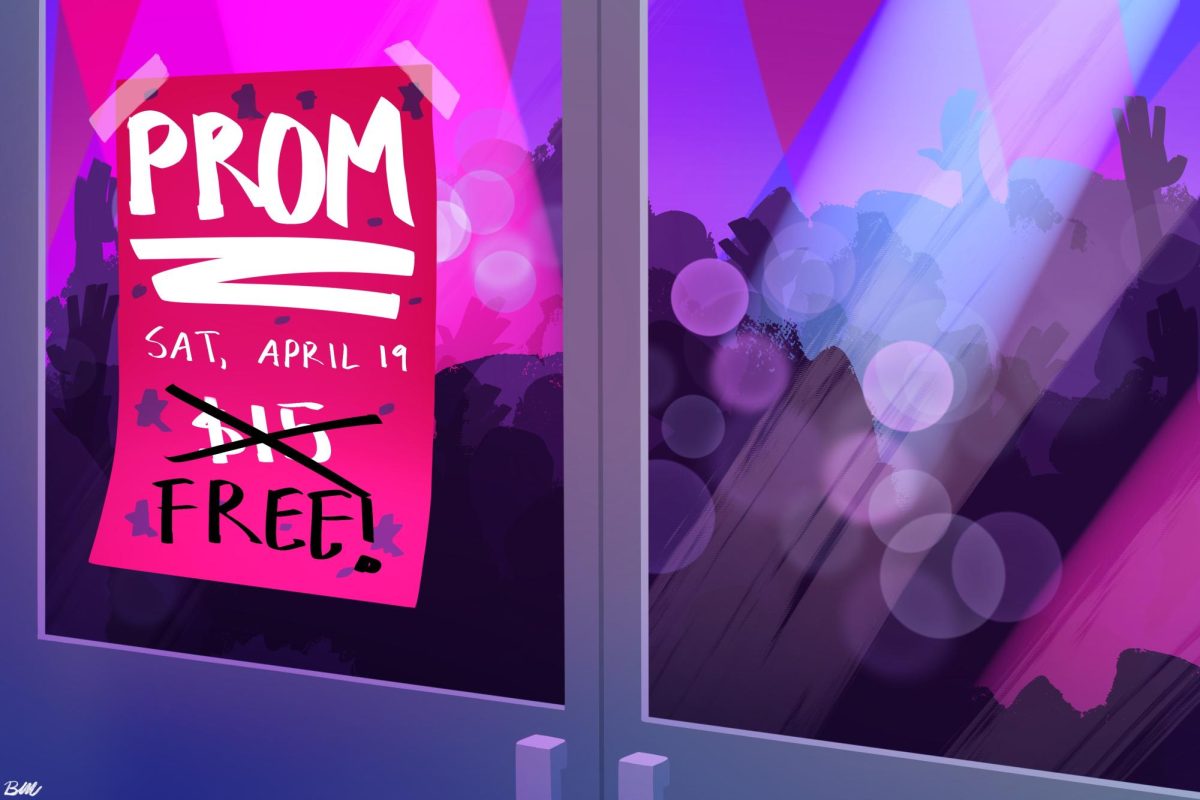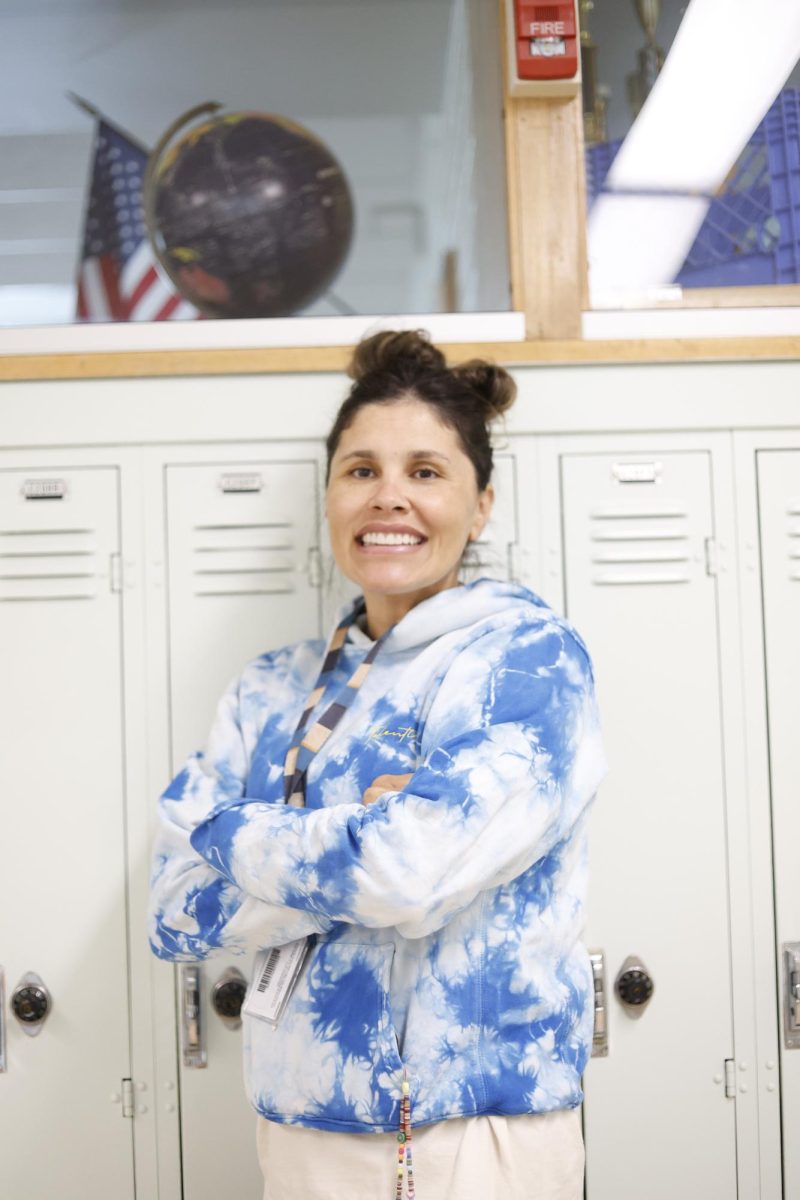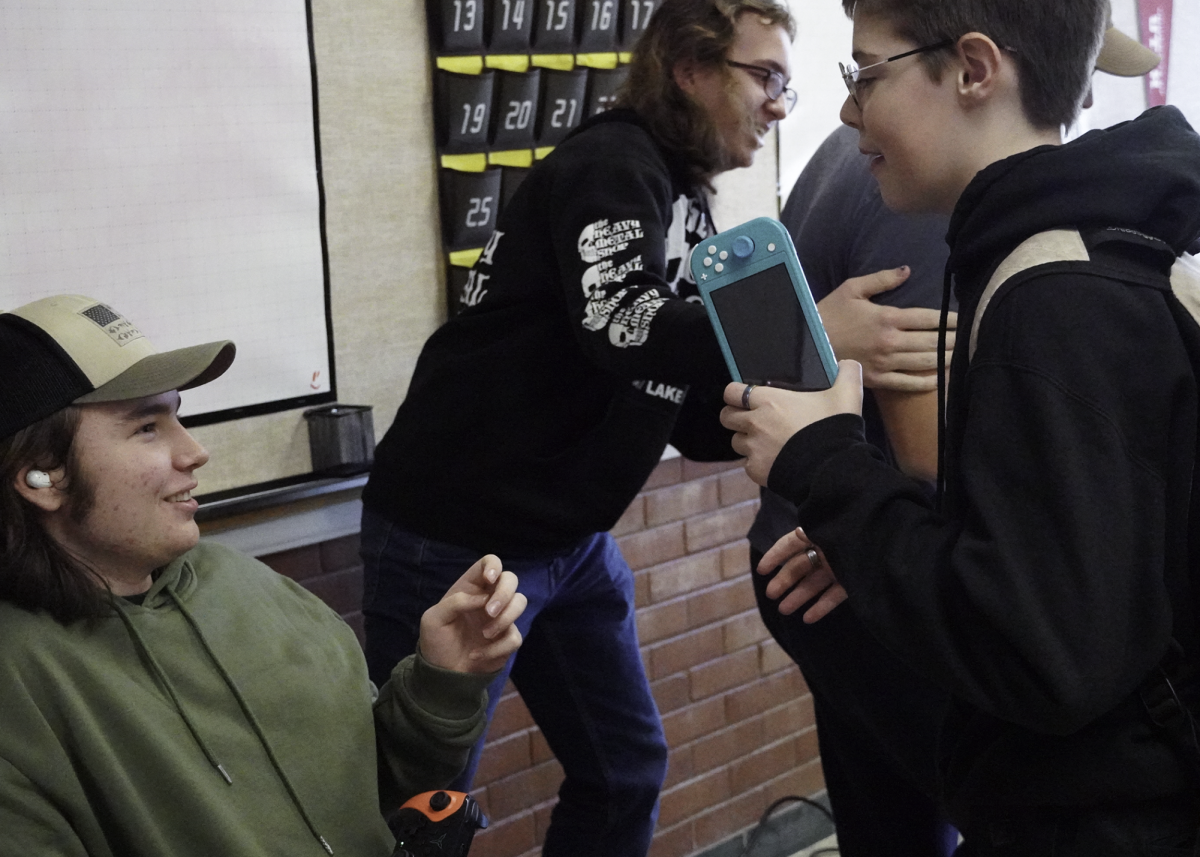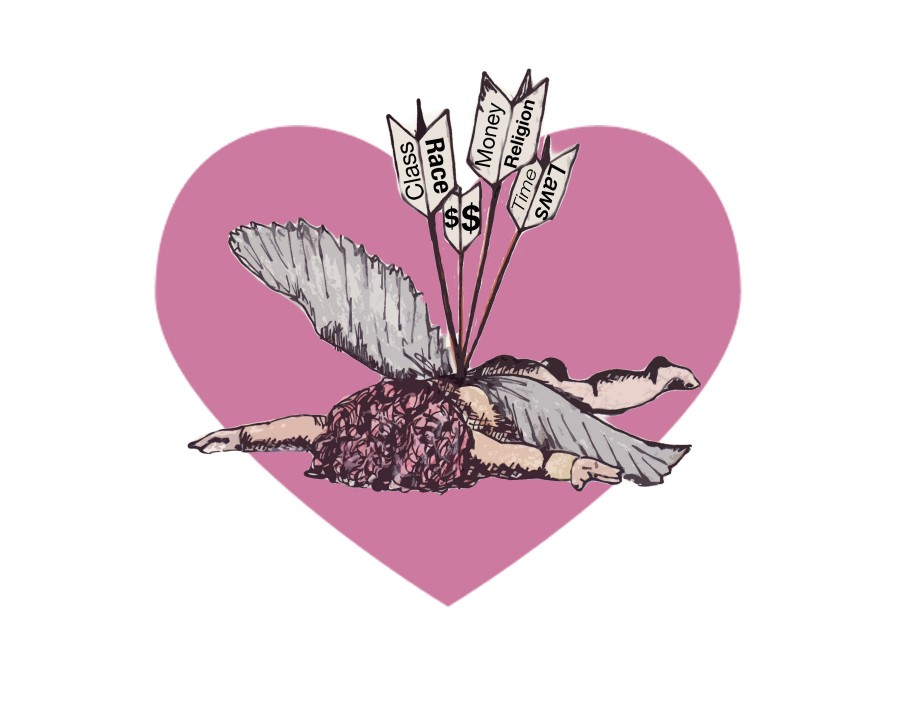Cupid May Be Color Blind, But Society Isn’t Always As Tolerant
March 4, 2015
It was a normal Saturday night in Downtown Salt Lake City. Missy Mackay-Whiteurs was walking down the street with her husband, Jack. She began to notice stares and several funny looks coming from the strangers passing by. Was it something she was wearing? Did she smell? It was apparent that something was going on, and people were doing little to hide their judgment.
Finally, a woman stopped Whiteurs, looked her in the eye, and asked, “Do you really think this should be happening? Do you really think this is right?”
In response to their quizzical looks, the stranger pointed slowly to Missy, and then to Jack, saying, “Well, you’re white, and you’re black.”
Interracial marriage is a taboo across the country, especially in Utah.
“In San Diego, it’s not a big deal, in Seattle, it’s not a big deal. But back in Utah, you can still feel people looking at you. It still makes them uncomfortable,” Whiteurs said.
Interracial marriage has been fully legal in the states for fewer than 50 years. Until 1967, and the verdict from the Supreme Court case Loving vs. Virginia, there were many laws regulating marriage, and banning marriage between races. Blacks couldn’t marry Whites. Whites couldn’t marry Asians. Hispanics couldn’t marry Polynesians. The list goes on and on.
Even though such laws have been since overturned, the negative social perspective on such relationships have been slow to change. This can cause discomfort and awkwardness for people who are married outside of their race. Not because there is anything wrong with their marriage, but because there is something wrong with the way people react to their marriage.
“You have to get used to funny looks. It’s an obstacle, but every marriage has them,” Whiteurs said.
She is right, all marriages are going to be hard. Marriage comes with challenges, and many of them are expected. Finances, jobs, taxes, home ownership and raising children are all responsibilities that most teens presume exists in a marriage. While these factors put stress on a relationship, there are many other unsuspected factors that heavily influence the relationship between spouses.
The law isn’t on CJ Lester’s side. Highland photo teach CJ Lester wasn’t able to marry her partner because they were of the same sex. For her, even the law was a factor that complicated their relationship.
“In the state of Utah, state laws can forbid a partner from visiting her partner in the hospital because they are not legally married…Gay couples renting can be evicted from a rental property just for being gay. Until a few years ago, I could be fired from teaching by the Salt Lake City school district just for being gay,” Lester said.
Lester spent 17 years married to a man, and simply wants the same rights that she had then.
“I want equal access to the rights, benefits, and programs entitled to those who call their long-term monogamous, committed love-filled relationship a “marriage”. If the government wanted to call it a kumquat, I wouldn’t care as long as I had equal rights,” Lester said.
Relationships between same sex couples face much discrimination and have to counter many people with negative opinions about them. To some, this could even be harder than legal exclusion from marriage.
Another type of relationship that faces stress occurs when a couple comes from two different social classes. Research shows that people are much less likely to marry across social classes than they were a few decades ago. When it comes to education and wealth, it seems opposites do not attract.
Marriages that cross the class border may not present as obvious of challenges as those that cross the lines of race or nationality. However, people who marry across class lines are moving outside their comfort zones. They are embarking into the unknown territory of a different level of wealth and education. This usually comes with a different set of assumptions about things like manners, food, raising children and vacationing.
With drastic differences in such assumptions and in points of view, comes stress and potential conflict.
In high school, relationships are glamorized. They seem much easier than they really are. In the protected bubble of Highland High, it is not uncommon to find couples holding hands in the hallways, hiding in a corners, and hugging in doorways. Teenagers can date someone based purely on the fact that they are both attracted to each other.
However, after students receive their diplomas, after they walk across that stage, Cupid’s arrow becomes pickier. As it starts to waiver, relationships become tricky. In adult life, there are many more factors that will make or break relationships. Race, money, and class are only a few.





























